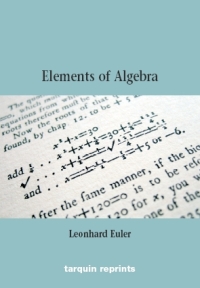 How Round is your Circle?
How Round is your Circle? How Round is your Circle?
How Round is your Circle?|
John Bryant and Chris Sangwin © Princeton University Press, 2008. ISBN: 978-0-691-13118-4 (Hardback) |
![[The cover]](HowRound_cover.jpg) |
More information can be found on the book's dedicated website.
 Mathematics Galore!
Mathematics Galore!|
Chris Budd and Chris Sangwin © Oxford University Press, 3 May, 2001. ISBN: 0-19-850770-4 (Paperback), ISBN: 0-19-850769-0 (Hardback) |
![[The cover]](mathsgalore.gif) |
More information can be found on the OUP website including a sample to download. You can also read a review.
This book is a series of self-contained workshops in mathematics which aim to enthuse and inspire young people, their parents and teachers with the joy and excitement of modern mathematics. Written in an informal style, each chapter describes how novel mathematical ideas relate directly to real life. The chapters contain both a description of the mathematics and its applications, together with problem sheets, their solutions and ideas for further work, project and field trips.
The chapters are:
 Elements of Algebra
Elements of Algebra|
Editor Christopher James Sangwin School of Mathematics University of Birmingham United Kingdom B15 2TT © Tarquin Publications 2007 ISBN 978-1-89961-873-6 |
 |
Leonhard Euler (1707--1783) is one of the most influential and prolific mathematicians of all time. His Elements of Algebra is one of the first books to set out algebra in the modern form we would recognize today. However, it is sufficiently different from most modern approaches to the subject to be interesting for contemporary readers. Indeed, the choices made for setting out the curriculum, and the details of the techniques Euler employs, may surprise even expert readers. It is also the only mathematical work of Euler which is genuinely accessible to all. The work opens with a discussion of the nature of numbers and the signs + and -, before systematically developing algebra to a point at which polynomial equations of the fourth degree can be solved, first by an exact formula and then approximately. Euler's style is unhurried, and yet rarely seems long winded.
This volume is an edited reprint of Part I of J. Hewlett's 1822 English translation and has been made available to celebrate the three hundredth anniversary of his birth. This book has been made available through an on-demand publisher.